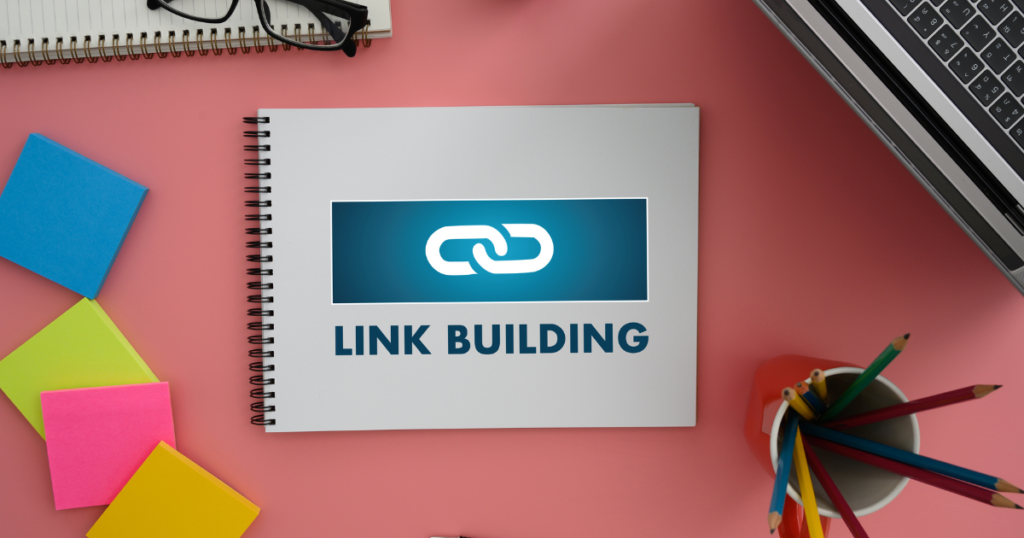In the world of search engine optimization (SEO), backlinks are one of the most powerful tools you can use to improve your website’s visibility. Backlinks, or inbound links, are links from other websites that point to your site. They are like votes of confidence that tell search engines your content is trustworthy and valuable. But not all backlinks are equal, and sometimes your competitors might be getting high-quality links that you are missing out on. These missed opportunities are known as backlink gaps.
Backlink gaps can hold your website back from reaching its full potential in search engine rankings. If you want to outperform your competitors, it’s essential to find these gaps and fill them with strong, relevant backlinks. This article will walk you through the process of identifying backlink gaps, analyzing them, and creating a plan to fill them.
Understanding Backlink Gaps
A backlink gap is the difference between the backlinks your competitors have and the ones your website has. For example, if several of your competitors are getting backlinks from high-authority websites that you haven’t been linked from, those are backlink gaps. These links may help them rank higher than you in search results.
Why Are They Important?
Backlink gaps matter because they show areas where your competitors are stronger than you in terms of online authority and visibility. When your competitors have backlinks from trusted websites, it improves their domain authority, drives traffic, and helps them appear higher in search results. If your site is missing those same links, it may struggle to keep up.
Benefits of Closing Backlink Gaps
By identifying and closing backlink gaps, you can:
- Improve your website’s domain authority
- Increase your visibility on search engines
- Drive more referral traffic to your site
- Strengthen your SEO strategy by learning from your competitors
Conducting a Backlink Gap Analysis
Finding backlink gaps involves comparing your site’s backlink profile with those of your competitors. Here are the steps to do it effectively:
Step 1: Identify Your Competitors
Start by identifying your top SEO competitors. These are not always your business competitors but the websites that rank higher than you for your target keywords. Use tools like Ahrefs, SEMrush, or Moz to find these competitors by entering your most important keywords and seeing who ranks on the first page.
Step 2: Analyze Competitor Backlinks
Next, you want to see where your competitors are getting their backlinks. Use backlink analysis tools to generate a list of all the websites linking to your competitors. This will give you insight into the strategies they are using and help you find link opportunities.
Step 3: Compare with Your Backlink Profile
Now compare your backlink profile with that of your competitors. Tools like Ahrefs’s Link Intersect or SEMrush’s Backlink Gap tool can help. These tools show which domains are linking to your competitors but not to you. This list represents your backlink gaps.
Step 4: Prioritize Link Opportunities
Not all backlink opportunities are equal. Focus on high-authority domains that are relevant to your niche. These links will have the most impact on your SEO. Also, look for links from content that matches your own topics or areas of expertise.
Strategies to Fill Backlink Gaps
Once you know where your backlink gaps are, it’s time to fill them. Here are some effective strategies:
Content Creation
One of the best ways to earn backlinks is by creating high-quality, useful content. This could include:
- In-depth guides or tutorials
- Original research or case studies
- Infographics or visual content
- Industry news or analysis
When your content provides real value, other websites are more likely to link to it. Try to create content that fills a gap in the information available online.
Outreach Campaigns
Outreach involves contacting website owners, bloggers, or journalists to promote your content. Let them know why your content is relevant to their audience and how it can add value. Be polite, professional, and personalize your emails.
When doing outreach:
- Mention the specific article or page you think should link to your content
- Explain why your content is a good fit
- Keep your message short and clear
Guest Posting
Guest posting means writing articles for other websites in your industry. In exchange, you usually get to include a link back to your site. This helps build backlinks and also exposes your brand to new audiences.
To find guest posting opportunities:
- Search for blogs in your niche that accept guest posts
- Look for contributor guidelines on their websites
- Reach out with a strong pitch and writing samples
Broken Link Building
This strategy involves finding broken links on other websites and suggesting your content as a replacement. Broken links hurt a site’s SEO, so site owners are often happy to fix them.
To do this:
- Use tools like Check My Links or Broken Link Checker
- Find broken links on relevant websites
- Create or use existing content that fits the original link
- Contact the site owner and suggest your link as a replacement
Tools and Resources
Many tools can help you analyze backlinks and find gaps. Here are some of the best:
Ahrefs
Ahrefs offers a powerful Link Intersect tool that shows you which sites link to your competitors but not to you. It also gives detailed metrics on each link, such as domain authority and anchor text.
SEMrush
SEMrush has a Backlink Gap tool that compares multiple competitors and highlights missing backlink opportunities. It also provides link-building ideas and outreach suggestions.
Moz Link Explorer
Moz’s tool gives a snapshot of your backlink profile and lets you compare it with your competitors. It also offers spam score analysis and link tracking.
Google Search Console
Google Search Console is free and shows which sites are linking to you. It doesn’t compare competitors, but it’s great for keeping track of your existing backlinks and spotting changes over time.
Monitoring and Maintenance
Backlink building is not a one-time task. To stay ahead of the competition, you need to monitor and maintain your backlinks regularly.
Regular Audits
Schedule backlink audits every few months. Use tools to check for:
- New backlinks you’ve earned
- Lost or broken backlinks
- Spammy or low-quality links that may hurt your SEO
Track Progress
Track your progress by monitoring your domain authority, traffic, and search rankings. If you see positive changes, it means your backlink strategy is working.
Adjust Strategies
SEO is always evolving. Pay attention to algorithm updates and changes in your niche. Adjust your strategies based on what’s working and what’s not. If a certain type of content earns more links, create more of it.
Conclusion
Identifying and filling the gaps in your link strategy is key to building a strong and competitive online presence. These gaps often represent valuable backlink opportunities that your competitors are already using to outrank you. By studying their link profiles, you can discover high-authority domains linking to them—but not to you. Once you’ve found these gaps, focus on creating valuable, relevant content and use effective outreach methods to secure those backlinks. Utilize tools like Ahrefs, SEMrush, and Moz to track progress and stay ahead. Consistency is crucial—keep refining your strategies based on performance and industry trends. Over time, you’ll enhance your website’s domain authority, climb search engine rankings, and attract more targeted traffic. A proactive backlink strategy turns missed opportunities into powerful SEO wins.



